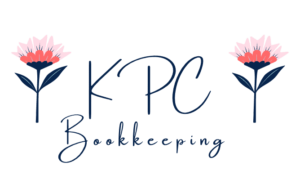Okay, I’m putting away my soapbox I’ve been standing on the last few weeks to preach about imposter syndrome and the patriarchy. I’m really quite tired from all that feminist rage (just kidding). So let’s spend a little time talking about bookkeeping and business finances, shall we?
If you’re a business owner, you may know that you classify cost of goods sold different than your regular operating expenses. So let’s talk about the difference and why it’s important to get them in the right category.
Cost of Good Sold (or COGS) are direct expenses resulting from producing or purchasing the goods you sell. These expenses include the cost of materials, labor, and other costs directly related to producing the goods. Examples of COGS are:
- Raw materials – ingredients for your baked goods, fabric for creating your clothes, do dads you need to make bigger do dads, packaging
- Inventory – materials that are already whole and ready to be resold – flowers from a wholesaler for your florist shop, equipment you strip for parts that you resell, clothes for resale in your boutique
- Direct labor – wages for employees and contractors who are directly involved in the production or the sale of your products. People who physically make your products or provide services to your clients
- Manufacturing overhead – factory space where your product is made or sold, utilities to make that space functional
- Duties, import taxes, and merchant fees – fees you incur as a direct result of buying and selling, and shipping your product. Some bookkeepers do not include merchant fees like Square fees taken off the top of sales (they put that in bank charges in operating expenses), but I put it in COGS because it was something that you needed to pay to sell that product or service.
Operating Expenses, however, are everything else. These are indirect expenses incurred in running a business, which are just as essential for operating your business, but they’re not directly related to producing goods and services. Examples are:
- Rent & utilities of office space (and home office expenses)
- Consultants and coaches
- Business insurance
- Marketing and advertising costs
- Legal & Professional fees – your lawyer, bookkeeper, and CPA
- Vehicle costs
- Software and applications
- Bank charges and fees
- Office supplies
The reason keeping these separate is so important is because COGS effects our gross profit, and operating expenses effect our net profit. Next week, I’ll go into more detail about the difference between gross profit and net profit, and how we can use them independently to make business decisions.
